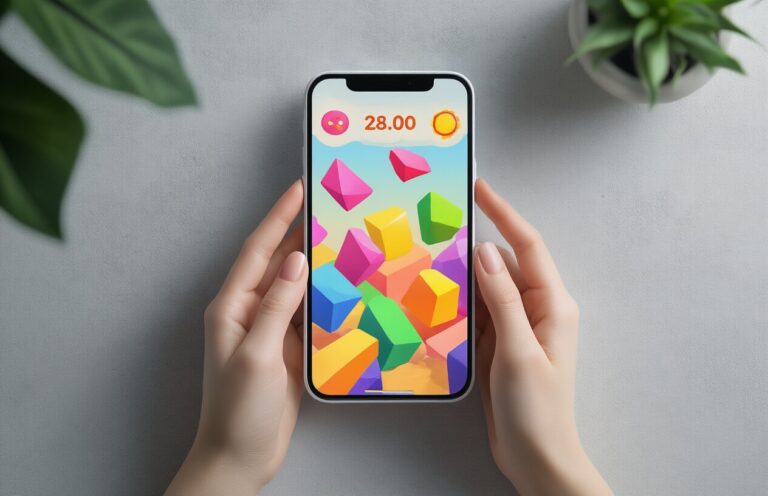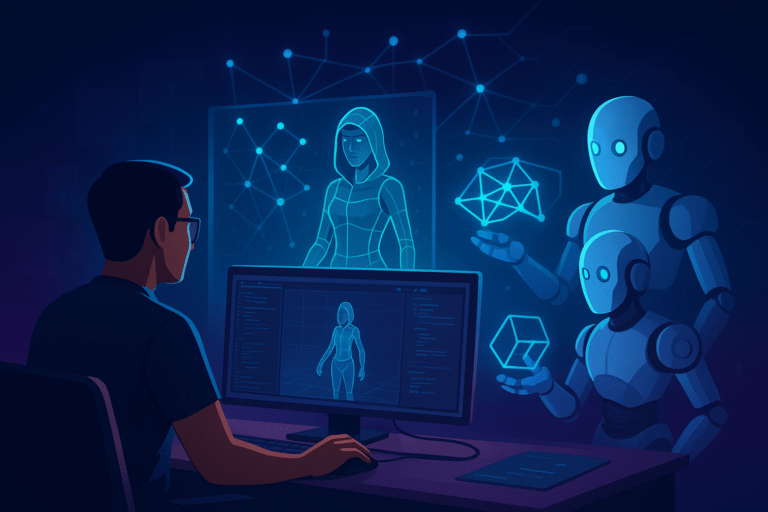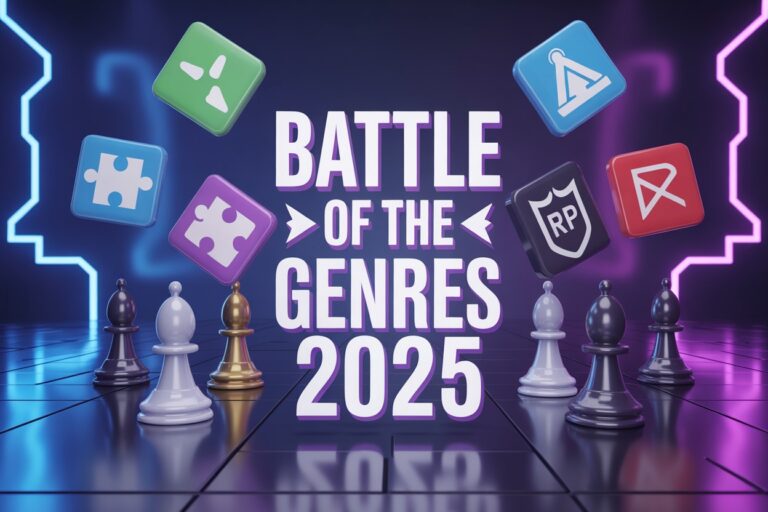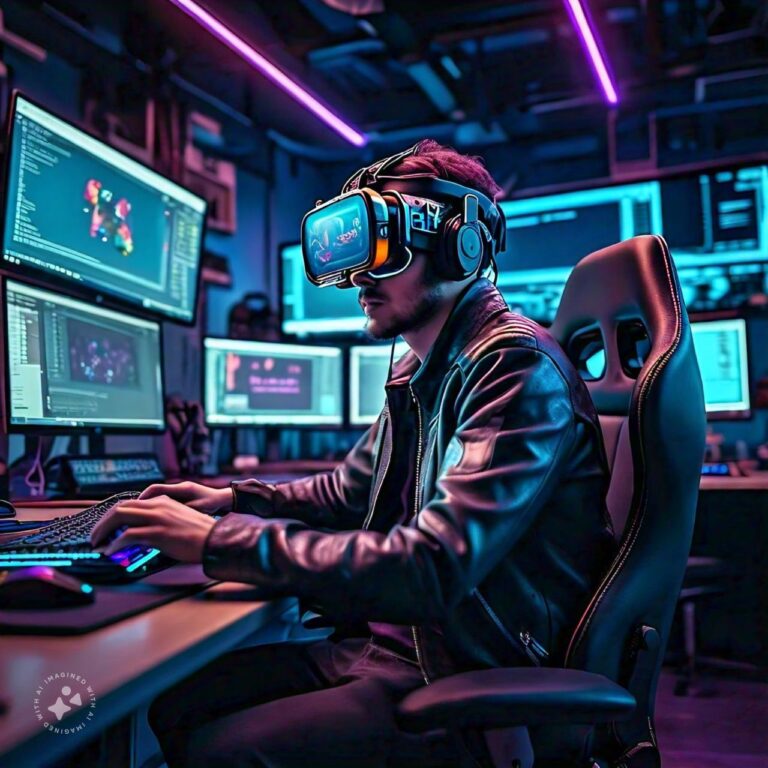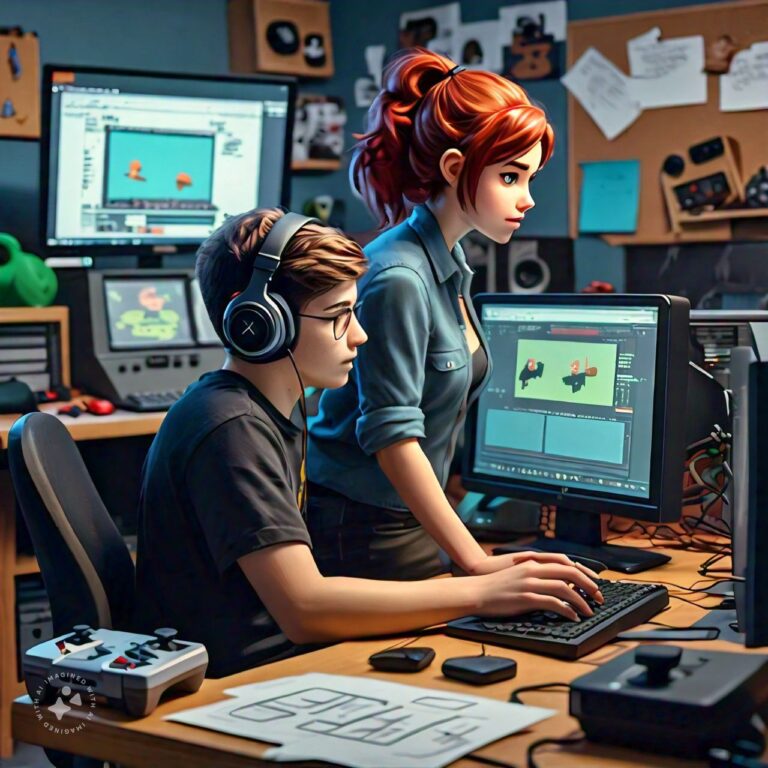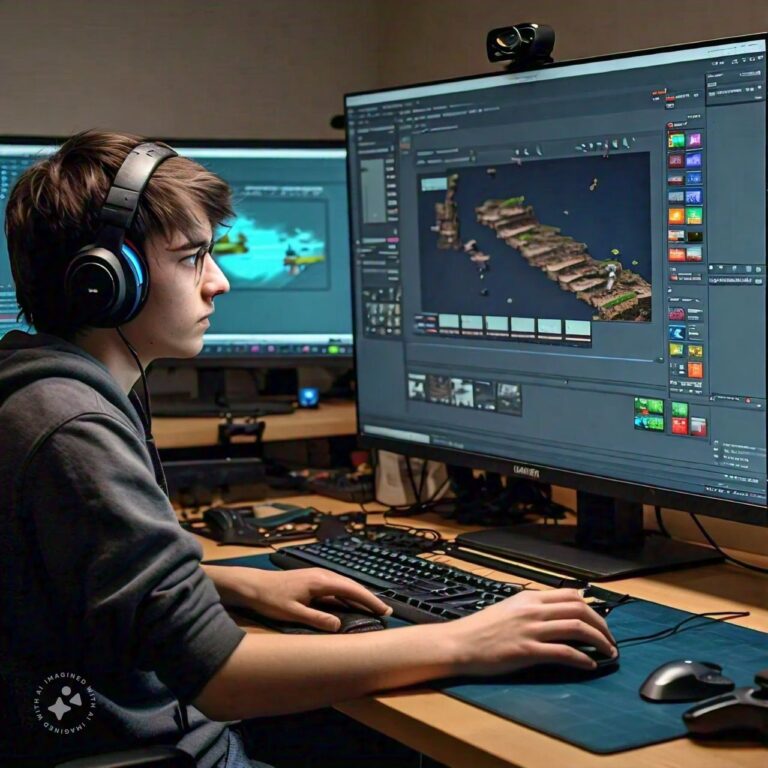Introduction
Virtual Reality (VR) and Augmented Reality (AR) are no longer futuristic concepts—they’re actively transforming how we live, learn, work, and play in 2025. From gaming and education to healthcare and retail, these immersive technologies are revolutionizing industries worldwide.
In this guide, we’ll break down:
- What VR and AR really are
- Tools developers use to build immersive apps
- Real-world applications across industries
- Future trends and opportunities
What is Virtual Reality (VR)?
Virtual Reality creates a fully immersive digital environment where users can interact using headsets, controllers, and motion tracking.
Key VR Components:
VR Headsets → Oculus Quest 3, HTC Vive XR Elite, PlayStation VR2
Controllers → Provide motion tracking & haptic feedback
Tracking Systems → Sensors & cameras adjust environments in real time
💡 VR feels like stepping into an alternate universe where everything is simulated.
What is Augmented Reality (AR)?
Unlike VR, Augmented Reality overlays digital content onto the real world. Instead of replacing reality, AR enhances it.
Key AR Components:
AR Glasses/Headsets → Microsoft HoloLens, Apple Vision Pro, Magic Leap
Smartphones/Tablets → ARKit (iOS), ARCore (Android)
Computer Vision → Enables object recognition & spatial awareness
💡 Think of Pokémon GO or Snapchat filters—they blend real-world + digital seamlessly.
VR Development Basics
To succeed in VR development, focus on immersion + performance.
Designing for Immersion → Realistic environments, intuitive UI, 3D interactions
Development Tools → Unity, Unreal Engine, Godot (with VR plugins)
Performance Optimization → High frame rates (90Hz+), low latency to avoid motion sickness
User Interaction → Hand tracking, gaze-based selection, VR controllers
AR Development Basics
AR requires blending digital + physical worlds naturally.
Environment Understanding → Use ARKit/ARCore for plane detection & object tracking
Overlaying Content → Enhance without overwhelming users
Tools & SDKs → Unity AR Foundation, Unreal ARKit plugin
User Experience → Must be lightweight, contextual, and device-friendly
Top Applications of VR & AR in 2025
🔹 VR Applications
Training & Simulation → Aviation, surgery, military
Therapy & Rehabilitation → PTSD, phobias, physiotherapy
Virtual Tours → Real estate, museums, travel
🔹 AR Applications
Retail & E-Commerce → Try furniture, clothes, or makeup before buying
Education → Interactive learning (biology, history, engineering)
Navigation → Real-time overlays for directions & POIs
Future of VR & AR (2025 and Beyond)
The next few years will see massive growth in immersive technologies.
Improved Hardware → Lightweight, affordable headsets with higher resolution
AI-Enhanced Experiences → Adaptive AR learning apps & personalized VR environments
Broader Adoption → Gaming, corporate training, telemedicine, tourism
XR Integration → Merging VR, AR, and MR into one ecosystem
📊 Market research predicts the global AR/VR market will surpass $250B by 2028, driven by gaming, retail, and healthcare adoption.
Conclusion
VR and AR are no longer just gaming gimmicks—they are powerful technologies reshaping industries worldwide. Whether you’re a developer, educator, healthcare innovator, or business owner, investing in immersive technology today means staying ahead in tomorrow’s digital-first world.
👉 Ready to explore AR/VR solutions for your business? Contact Interactive Warriors Studio to bring your immersive ideas to life.


